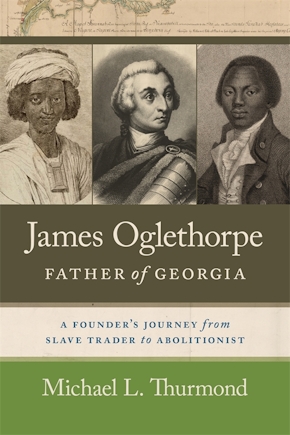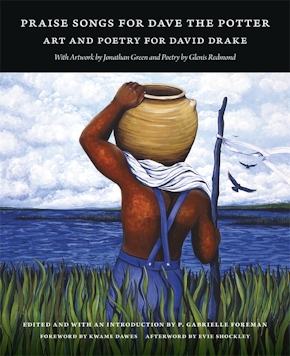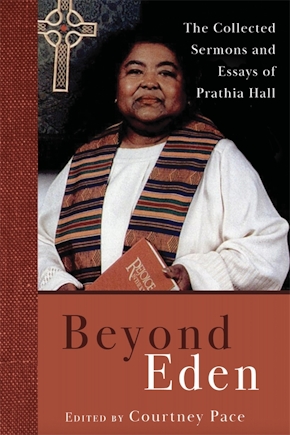Almost Dead
Slavery and Social Rebirth in the Black Urban Atlantic, 1680-1807
Title Details
Pages: 216
Illustrations: 13 b&w images
Trim size: 6.000in x 9.000in
Formats
Hardcover
Pub Date: 05/01/2022
ISBN: 9-780-8203-6225-0
List Price: $120.95
Paperback
Pub Date: 05/01/2022
ISBN: 9-780-8203-6226-7
List Price: $25.95
eBook
Pub Date: 05/01/2022
ISBN: 9-780-8203-6224-3
List Price: $120.95
eBook
Pub Date: 05/01/2022
ISBN: 9-780-8203-6862-7
List Price: $25.95
Related Subjects
SOCIAL SCIENCE / Black Studies (Global)
SOCIAL SCIENCE / Sociology / Urban
SOCIAL SCIENCE / Ethnic Studies / African American Studies
SOCIAL SCIENCE / Ethnic Studies / Caribbean & Latin American Studies
Almost Dead
Slavery and Social Rebirth in the Black Urban Atlantic, 1680-1807
How the Urban Atlantic shaped and was shaped by Black lives
Skip to
- Description
- Reviews
- Awards
Beginning in the late seventeenth century and concluding with the abolition of the Atlantic slave trade, Almost Dead reveals how the thousands of captives who lived, bled, and resisted in the Black Urban Atlantic survived to form dynamic communities.
Michael Lawrence Dickinson uses cities with close commercial ties to shed light on similarities, variations, and linkages between urban Atlantic slave communities in mainland America and the Caribbean. The study adopts the perspectives of those enslaved to reveal that, in the eyes of the enslaved, the distinctions were often of degree rather than kind as cities throughout the Black Urban Atlantic remained spaces for Black oppression and resilience. The tenets of subjugation remained all too similar, as did captives’ need to stave off social death and hold on to their humanity. Almost Dead argues that urban environments provided unique barriers to and avenues for social rebirth: the process by which African-descended peoples reconstructed their lives individually and collectively after forced exportation from West Africa. This was an active process of cultural remembrance, continued resistance, and communal survival. It was in these urban slave communities—within the connections between neighbors and kinfolk—that the enslaved found the physical and psychological resources necessary to endure the seemingly unendurable. Whether sites of first arrival, commodification, sale, short-term captivity, or lifetime enslavement, the urban Atlantic shaped and was shaped by Black lives.
—Randy M. Browne, author of Surviving Slavery in the British Caribbean
Based on new archival research as well as a broad re-examination of classic slave narratives, Almost Dead offers a compelling reconceptualization of Black life across the Atlantic world.
—Richard Newman, author of Abolitionism: A Very Short Introduction
—Matthew D. Childs, coeditor of The Urban Black Atlantic during the Era of the Slave Trade
—Erica Armstrong Dunbar, author of Never Caught: The Washingtons’ Relentless Pursuit of Their Runaway Slave, Ona Judge
—Society for U.S. Intellectual History, Society for U.S. Intellectual History
—Joseph Clark, H-Net Reviews
—Tammy Byron, The Journal of American History
Winner
Lovejoy Prize, Journal of Global Slavery



